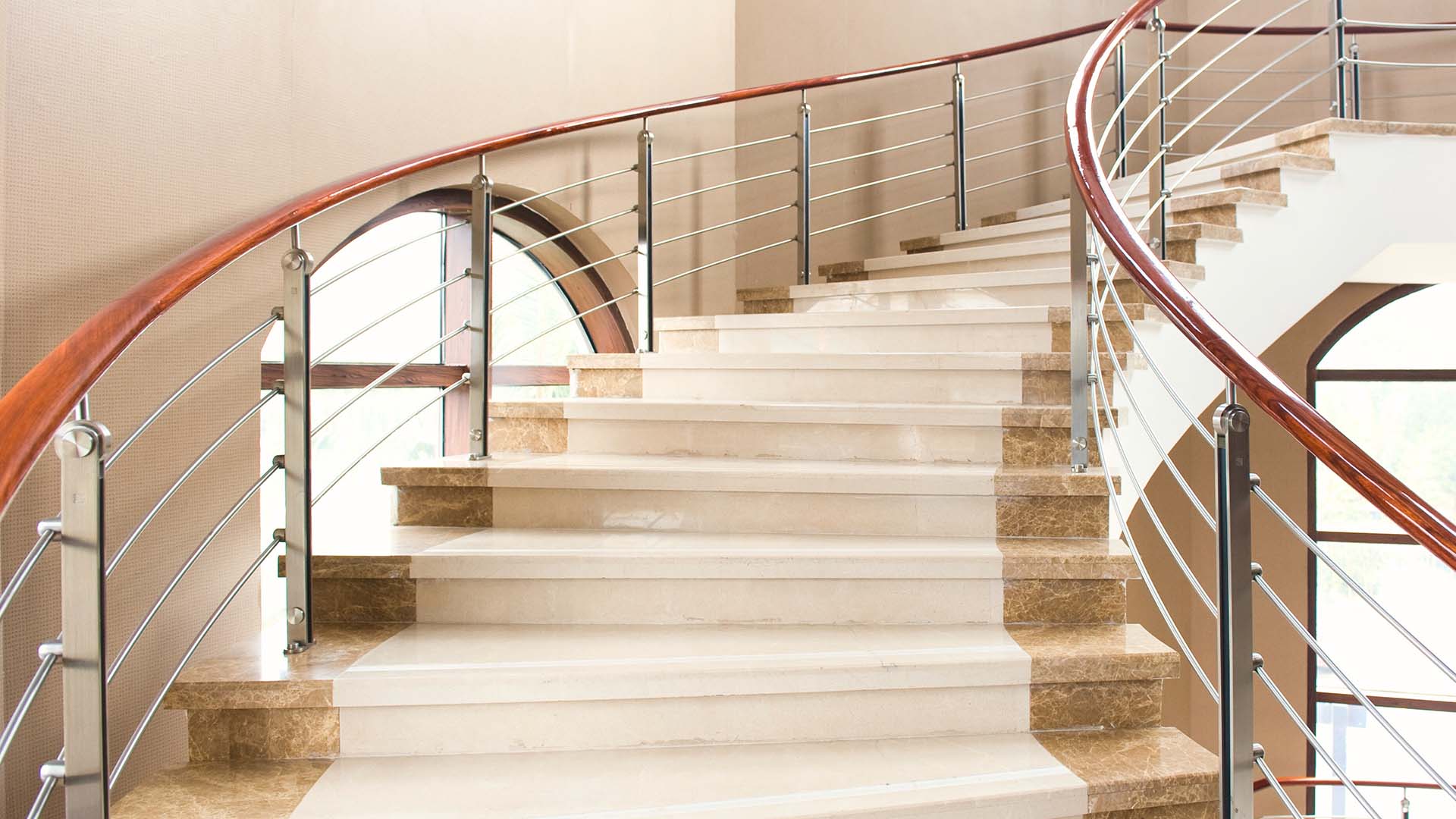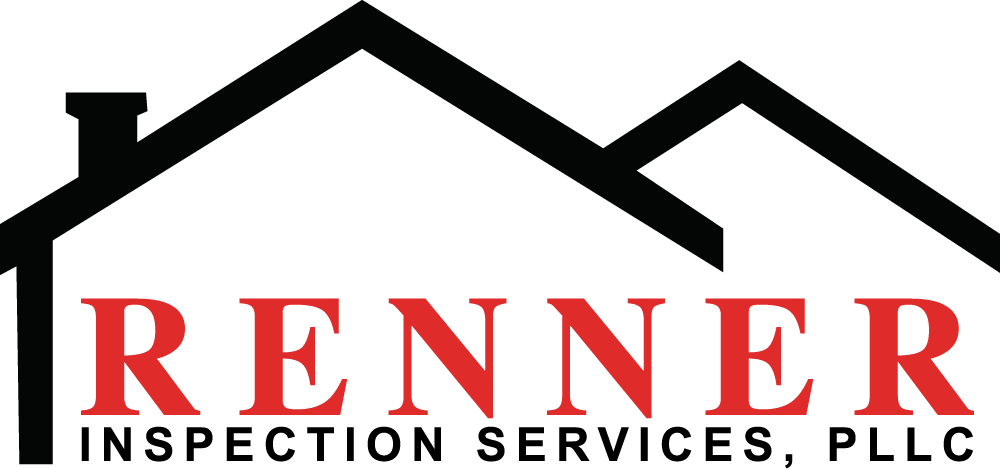(325) 829-0146
Hidden Gems: Unusual but Important Places to Inspect Before Buying a Home
Return To Blogs

When you’re considering buying a home, you probably think about checking the foundations, the condition of the roof, and the plumbing.
But what about those less obvious spots that could lead to big problems down the road? Here at Renner Home Inspection Services, we believe it’s crucial to inspect every nook and cranny of your potential new home. Let’s dive into some unusual but important places you should make sure your home inspector examines closely.
1. The Attic’s Insulation and Ventilation
While the attic might just seem like a place to store old Christmas decorations, its condition is crucial for the health of your entire home. Proper insulation and ventilation in the attic affect everything from energy efficiency to moisture levels inside the house. Insufficient insulation can lead to high heating and cooling costs, while poor ventilation can cause moisture buildup, leading to mold and wood rot. Make sure your inspector checks for adequate, undamaged insulation and properly installed vents.
2. The Sewer System
Most homebuyers dread sewer problems, and rightfully so. Issues with the sewer system can be incredibly costly to repair. During a home inspection, a specialized sewer line check can save you from unpleasant surprises. This involves using a camera to visually inspect the sewer lines to ensure there are no blockages, breaks, or collapses.
3. The Electrical System Beyond the Breaker Box
It’s standard to check the breaker box and visible wiring, but what about the less accessible parts? An experienced inspector should examine all accessible junction boxes and trace wiring through the attic or basement to look for outdated aluminum wiring, DIY wiring jobs, and other potential hazards that could pose a fire risk.
4. Potential Environmental Hazards
Especially in older homes, it’s important to check for environmental hazards that might not be immediately apparent. This includes testing for radon, a naturally occurring radioactive gas that can enter homes through cracks in the foundation, as well as checking for asbestos insulation and lead paint. These are health hazards that can be deal-breakers if not properly addressed.
5. Water Drainage and Landscaping
Improper drainage can lead to water intrusion, which can undermine foundations and cause indoor moisture problems. Your home inspector should evaluate the landscape grading around the house to ensure it slopes away from the foundation. They should also check gutters, downspouts, and drainage systems to ensure they are in good condition and function properly to direct water away from the home.
6. Underneath Decks and Porches
These areas are often overlooked because they require a bit of crawling around. However, checking the underside of any decks and porches is vital. The inspector should look for proper structural support and signs of wood decay, which could compromise safety.
By ensuring that these less-common areas are thoroughly inspected, you can avoid the headaches of future repairs and enjoy greater peace of mind in your new home.
Remember, a detailed home inspection is a crucial step in the home-buying process, providing an invaluable safeguard against unforeseen expenses and helping to ensure that your new home is safe, sound, and exactly as you dreamed it would be.
Recent Blogs
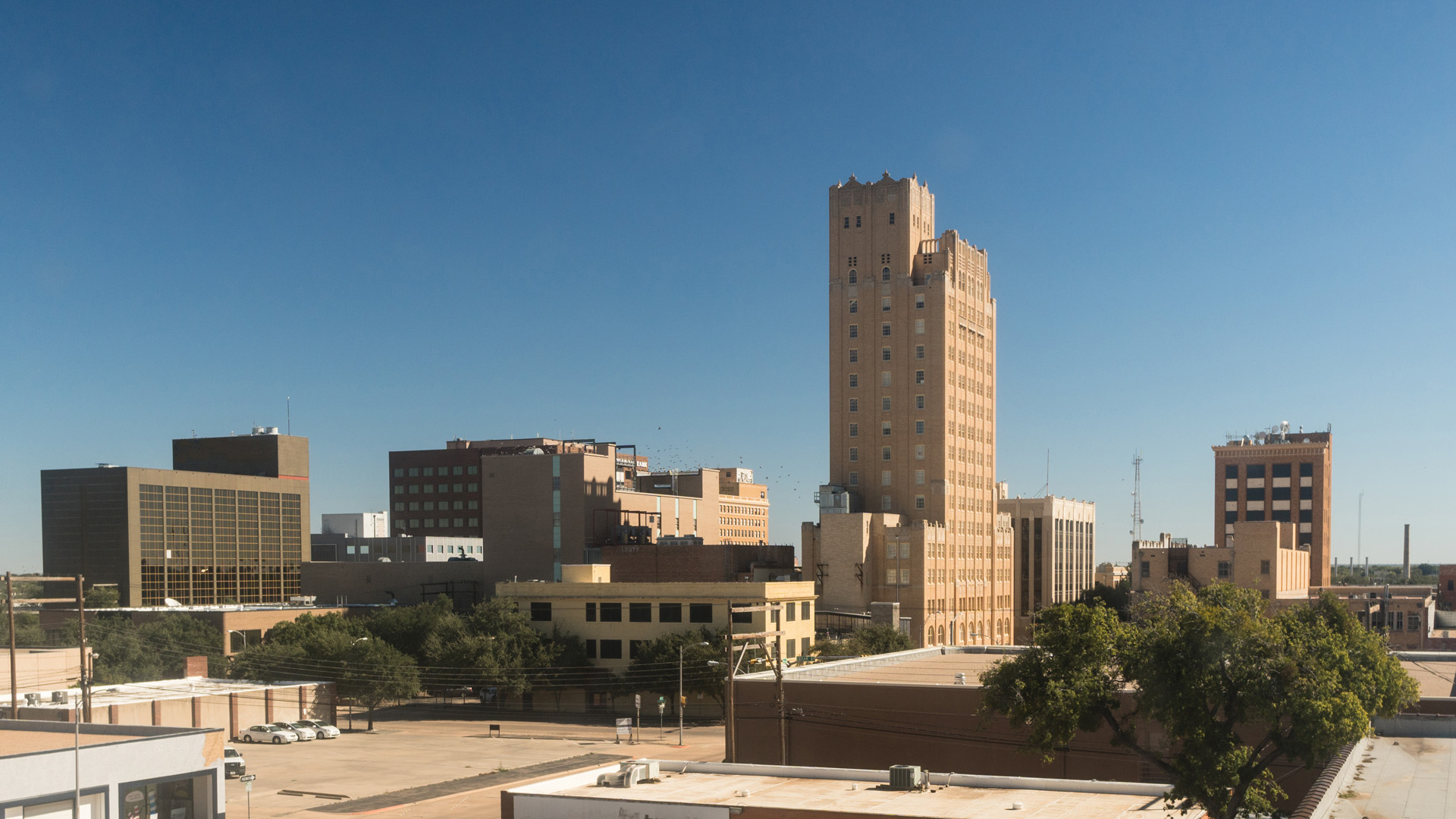
Exploring the Diverse Home Styles in Abilene, Texas
Jul. 25, 2024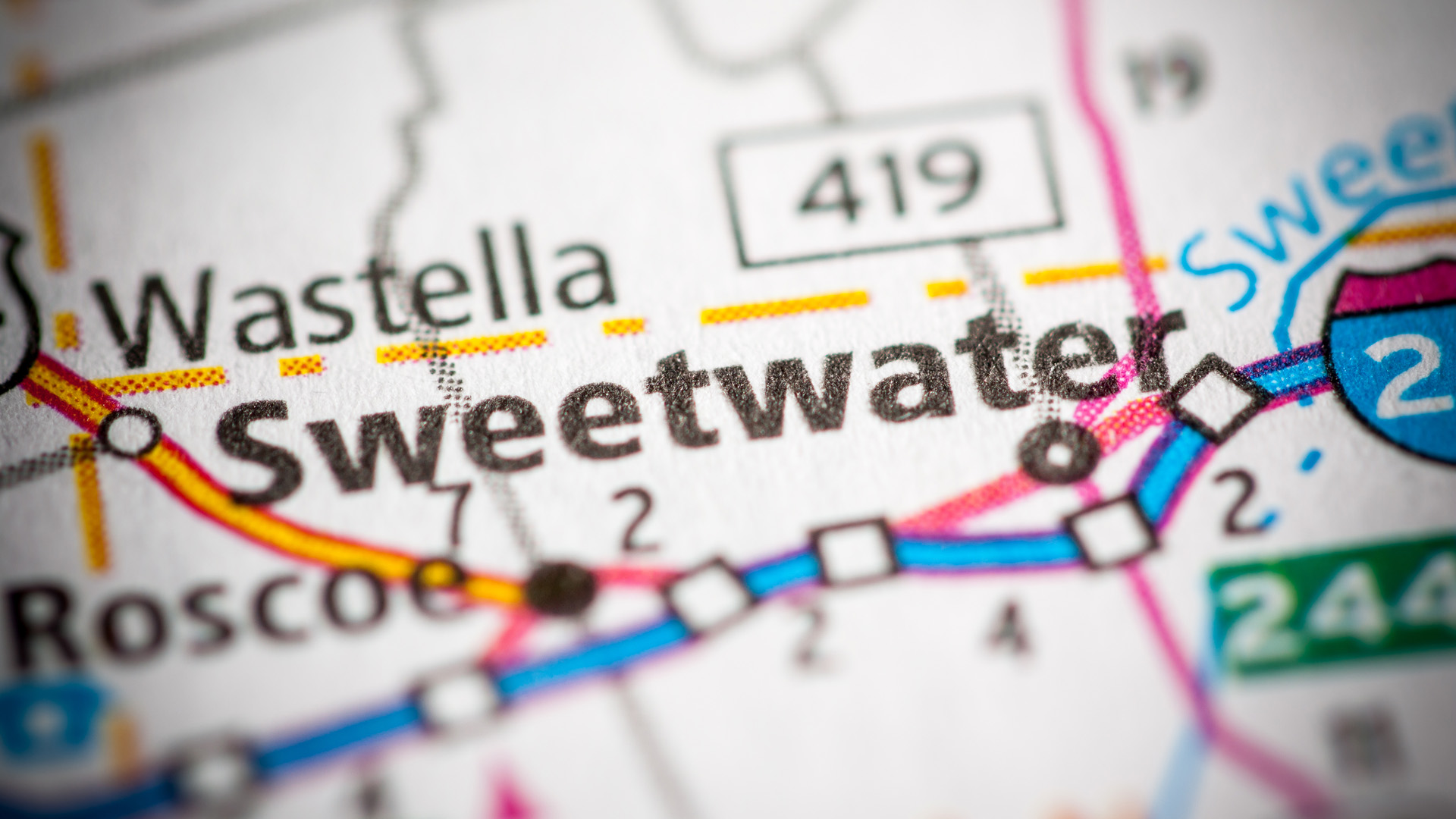
The Benefits of Energy-Efficient Home Upgrades in Sweetwater, Texas
Jul. 18, 2024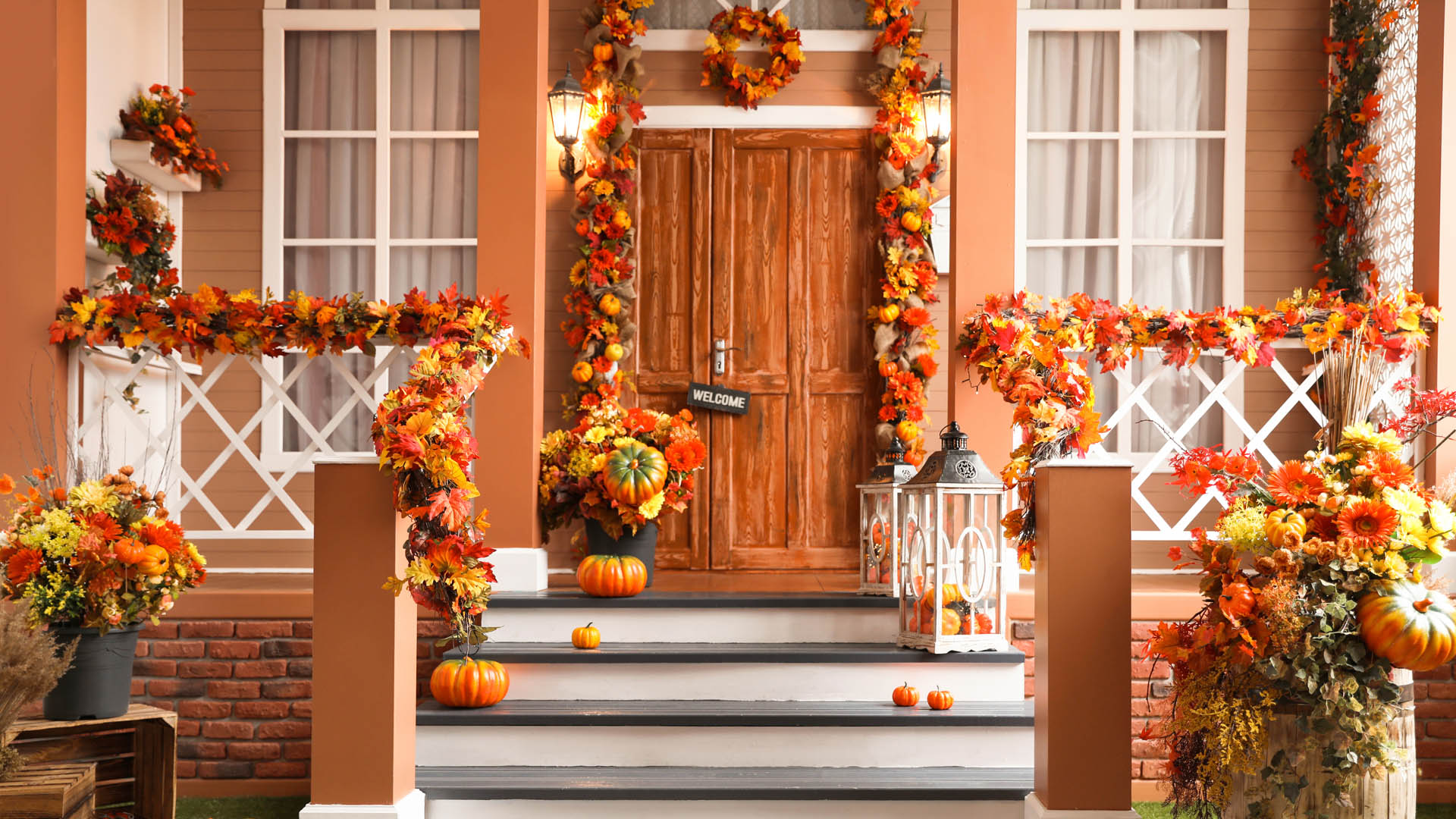
Preparing Your Home for Fall
Jul. 11, 2024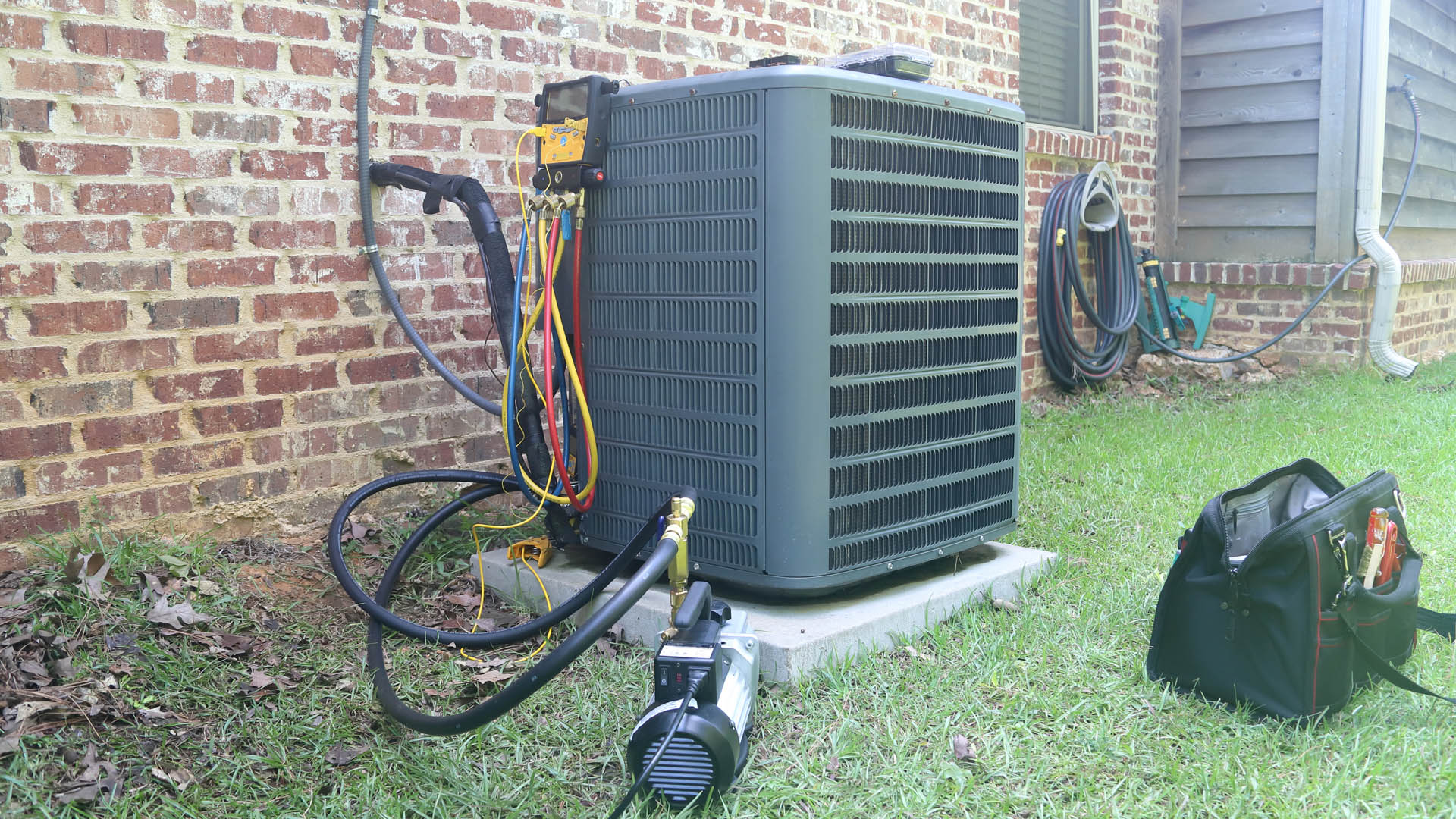
Keeping Cool in Abilene, Texas: The Importance of AC Unit Inspections and Maintenance
Jul. 04, 2024